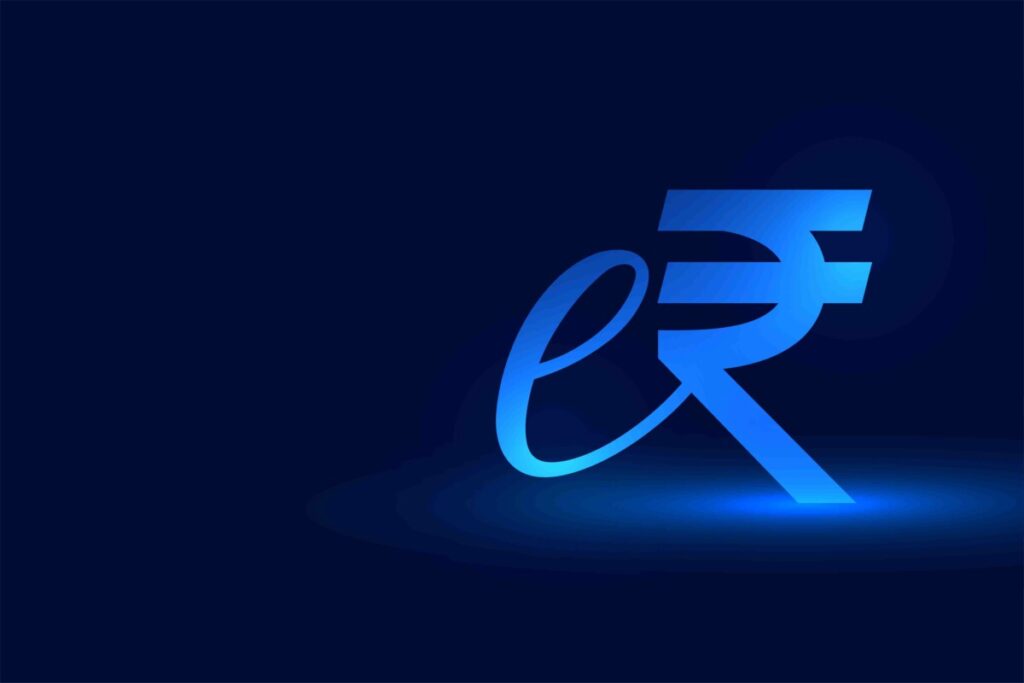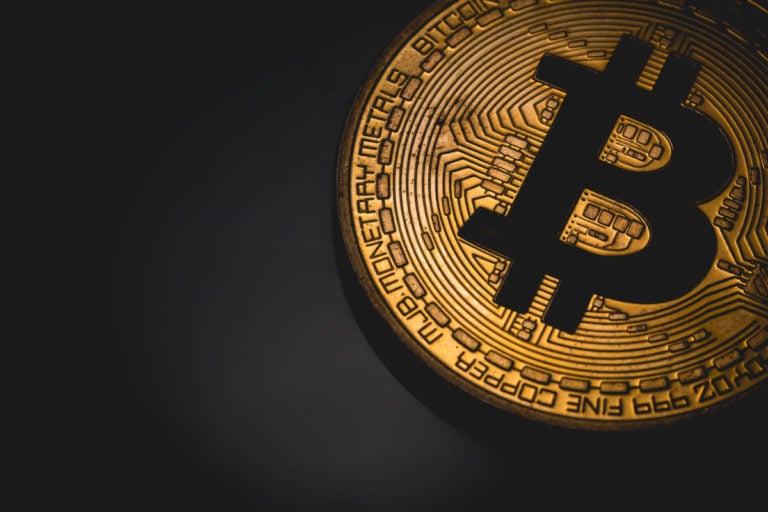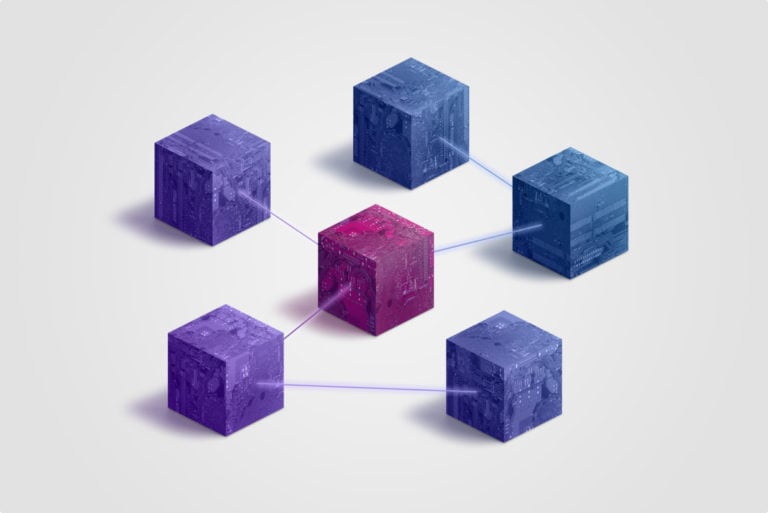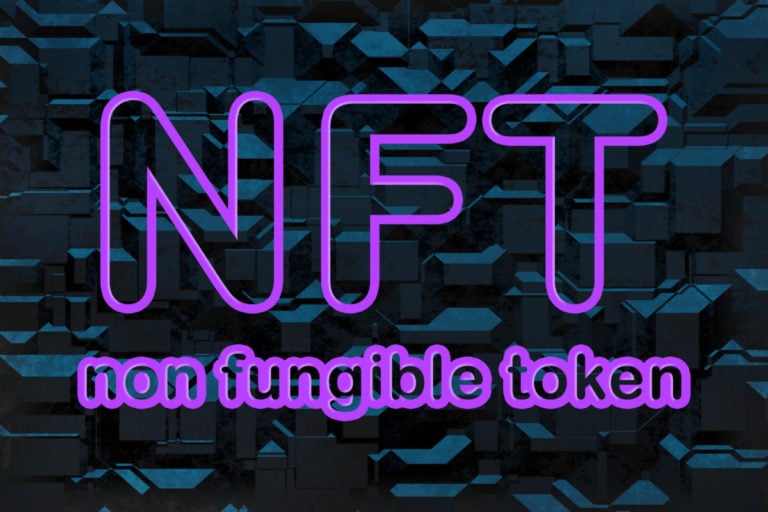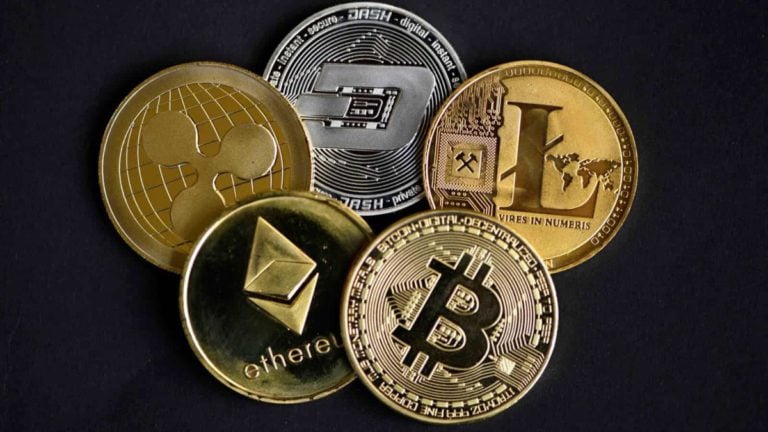Digital currencies are becoming an integral part of the modern financial system, changing the face of the global economy. One of the most significant digital currencies is the digital rupee, which has a significant impact on domestic and international financial processes. In this material we will look at the essence of the digital rupee, its features, as well as its role in international payments.
Thanks to the concerted efforts of India’s central government, the country already has a robust digital payments infrastructure that is both low-cost and highly democratized. The country is ready to unleash its full potential when it comes to the future of the currency. However, cash still remains the preferred payment method for some consumers in India. Access to digital services remains low among certain consumer segments, and there is a lot of criticism about the security of users’ personal data.
The Reserve Bank of India (RBI) launched a pilot project called the digital rupee (e₹, digital rupee) in 2021. Today, the new currency is classified as a third form of money (along with fiat and electronic currency) and is legal tender in digital form.
CBDC is the natural response of the central banking system to the emergence of decentralized finance in general and cryptocurrencies in particular. Today, more than 100 countries in the world are at various stages of studying this issue, confirming the emerging trend. Interestingly, it was India that repeatedly refused to launch CBDC, calling this instrument a serious challenge to the stability of the country’s financial system.
There is also no denying that CBDC can be very useful in supporting economic growth, financial inclusion, domestic development and global trade. Globally, this could lead to an increased political role for the central banks of countries whose digital currencies are most successful, adding some political instability. Essentially, central banks will no longer be primarily a regulator and independent market participant, but will be directly involved in the financial services market. Consequently, the Central Bank will be involved in competition with market offers of financial services.
The dizzying growth in popularity of cryptocurrencies in the country since 2020 has played a stimulating role in this decision. The growing number of cryptocurrency users suggests a shift in the investment paradigm in the country, which is known to invest more often in gold and other safer assets. On January 29, 2021, the Indian government announced that it would introduce a bill to create a sovereign digital currency and subsequently impose a complete ban on private cryptocurrencies. And already in November 2021, the Standing Committee on Finance met with the Blockchain and Crypto-Assets Council (BACC) and other representatives of cryptocurrencies and came to the conclusion that cryptocurrencies should not be banned, but regulated.
What is a digital rupee?
However, unlike traditional banking, the digital rupee does not require the intermediation of banks or financial institutions for transactions. Its operation is based on a decentralized blockchain network, which ensures security, transparency and reliability of operations. At the same time, the Central Bank is responsible for the issue of CBDC, like fiat currency.
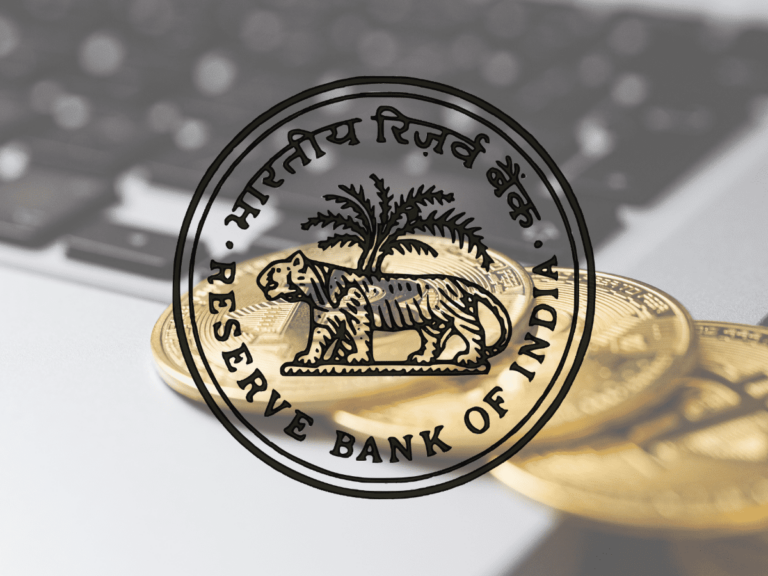
In 2021, as part of the pilot launch program, the Reserve Bank of India released a concept note outlining the features and objectives of the digital rupee and launched a wholesale CBDC pilot program in partnership with 13 national banks:
- SBI (App:eRupee by SBI)
- ICICI Bank (App:Digital Rupee By ICICI Bank)
- IDFC First Bank (App:IDFC First Bank Digital Rupee)
- YES BANK (App:Yes Bank Digital Rupee)
- HDFC Bank (App:HDFC Bank Digital Rupee)
- Union Bank of India (App:Digital Rupee By UBI)
- Bank of Baroda (App:Bank of Baroda Digital Rupee)
- Kotak Mahindra Bank (App:Digital Rupee by Kotak Bank)
- Canara Bank (App:Canara Digital Rupee)
- Axis Bank (App:Axis Mobile Digital Rupee)
- IndusInd Bank (App:Digital Rupee by IndusInd Bank)
- PNB (App:PNB Digital Rupee)
- Federal Bank (App:Federal Bank Digital Rupee)
Features of the digital rupee
- Decentralization: One of the key advantages of the digital rupee is its decentralized nature. Transactions are carried out directly between network participants without the participation of a central institution or intermediaries.
- Security: Thanks to blockchain technology, every transaction on the digital rupee network is recorded in a block and confirmed by a network of nodes (computers), which provides a high level of protection against manipulation and fraud.
- Transparency: All transactions on the digital rupee network are public and can be viewed on the blockchain, making the system transparent and maintaining the trust of participants.
- Low fees: The cost of conducting transactions using the digital rupee is usually much lower than traditional bank transfers, making it attractive for international payments.
Globally, the main benefit mentioned in the business case for CBDC pilots is the availability of a flexible and reliable digital payment system. However, India is in a unique situation where the payment infrastructure is already cheap and widely democratized.
Despite this, Digital currency opens up new horizons:
Reducing dependence on cash
The cash propensity in India (around 17%) is higher than in developed countries. At the same time, there is no data that would indicate a decrease in dependence on cash; the situation looks exactly the opposite – the growth of cash in India is approximately 10.5% per year. (vs. 9.2% in China and 2.1% in Korea). Cash is difficult to handle, but it provides anonymity that allows it to be used for money laundering and the financing of illegal and terrorist activities.
The Government of India, Reserve Bank of India and commercial banks spend an inordinate amount of time and money to prevent such illegal use as well as the spread of counterfeit currency. The annual social and private costs of handling cash in the European Union are estimated to be around 1% of GDP, while in India these costs are likely to be significantly higher.
Increasing market resilience and overcoming infrastructure constraints
India is among the world leaders in the number of digital payment transactions. However, 100% digitalization of payments can create a burden on the existing financial and banking infrastructure and lead to a crisis in the system. Moreover, given that UPI transactions are carried out at a 0% merchant discount rate, there is no direct business case that would incentivize banks to invest in digital payments.

At the same time, the vulnerability of the system to cyber attacks is especially exacerbated, since a strike on the three data storage places of any large bank – its data center (DC), disaster recovery (DR) and near-disaster state – can cause economic collapse (It is most likely that In this case, the bank will never be able to reconstruct the lost data).
A distributed ledger will greatly improve system resilience, and a new umbrella entity (NUE) for digital rupee payments can provide us with an alternative instant settlement mechanism as DLT-enabled payment systems are inherently more secure than highly centralized systems. The introduction of the digital rupee will contribute to greater diversification of the Indian payment system by offering alternative payment methods. This will also improve the resilience and security of the entire payment infrastructure.
Fraud Prevention
RBI data shows that in just three years (2018 to 2020), Indian banks lost around US$50 billion due to fraud. A digital currency could proactively address these issues with built-in programmability and adjustable traceability.
Participation in cross-border payments
The rupee is a national currency, and although it can be widely circulated and held offshore, reserves can only service domestic payments. The CBDC Jura project, which explores direct wholesale CBDC transfers of euros and Swiss francs between French and Swiss commercial banks on a single DLT platform, offers one possible approach to control the digital euro in an international setting.
Increasing wealth distribution
India has significantly improved wealth distribution through initiatives such as direct transfer of benefits and e-RUPI. D ‘In this case, the CBDC has the built-in ability to “program” the intended use – for example, preventing social welfare money from being diverted to unlinked bank accounts.
This allows for a close connection with the intended social security chain, health chain and education chain to plug these leakages. The digital rupee will serve as an efficient infrastructure for financial transactions, including the distribution of benefits, amid a possible new division of labor between the central bank and the government.
Improving the quality of the targeted monetary policy
The digital currency will have the unprecedented ability to provide the Central Bank with real-time visibility and insight into the state of the economy. These data have the potential to help understand flows and stocks in every sector of the economy.
In addition, programmable currency will enable the RBI to conduct monetary policy interventions with ultra-precision, enabling faster data transfer and better achievement of policy objectives. The South African Reserve Bank’s Khokha2 digital currency project is an example of a wholesale CBDC use case that includes enabling interbank and bond settlements. These bond settlements provide an opportunity to innovate and deliver faster, more targeted economic action.
Participation of the digital rupee in international payments
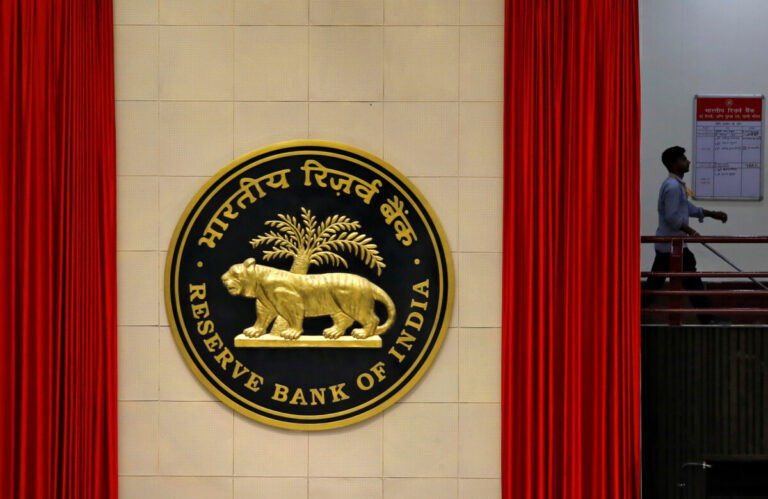
Besides India, a dozen Asian central banks are either testing, exploring the potential or advancing their CBDC projects at various stages of development specifically in the context of using them for cross-border payments. Central banks include Bank Indonesia, Central Bank of Malaysia and the Monetary Authority of Singapore, which are collaborating on the Dunbar Project. The Bangko Sentral ng Pilipinas in the Philippines announced trials of its digital currency under Project Agila, while Singapore is implementing Project Ubin to address industry challenges.
The central banks of Sri Lanka, Thailand, South Korea, Cambodia, Hong Kong, India, Myanmar, Lao People’s Democratic Republic, Nepal and Vietnam are also involved in various stages of research, pilots or CBDC projects aimed at exploring the potential and interoperability of digital technologies.
The BIS-led Dunbar Project developed two prototypes of a common platform that could enable cross-border settlements using digital currencies issued by multiple central banks. Which, in fact, is a fairly serious reason for strengthening the global trend of de-dollarization and reducing the influence of large interbank payment systems. It is obvious that today such a request is being formed on the market in a difficult geopolitical situation and examples of sanctions pressure.
The digital rupee plays an important role in international payments due to its unique characteristics and advantages:
Global payments
Due to its decentralized nature, the digital rupee can be used for fast and efficient cross-border payments. This is especially valuable for international trade transactions where funds need to be transferred quickly and securely between different countries.
Low commissions and no intermediate banks
Unlike traditional bank transfers, where intermediary banks often charge high fees for processing payments, the digital rupee allows for significant savings in commission costs due to the absence of intermediaries.
Transparency and security
An important aspect of international payments is the transparency and security of transactions. The digital rupee provides a high level of security thanks to cryptographic protocols and blockchain technology, which makes it attractive to international companies and investors.
Potential for financial inclusion
The digital rupee can become a tool for financial inclusion for millions of people around the world who do not have access to traditional banking services. This can promote international trade and economic growth in developing countries.
